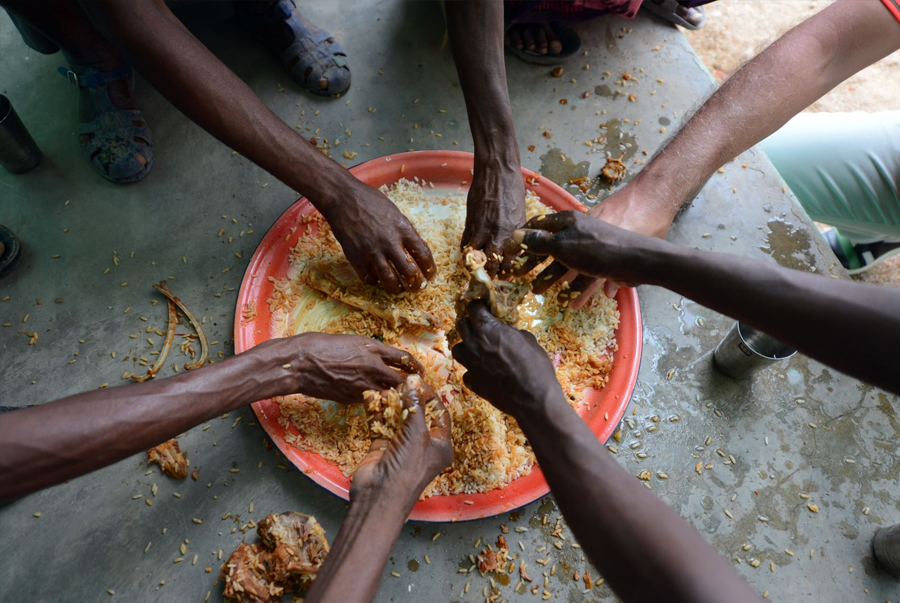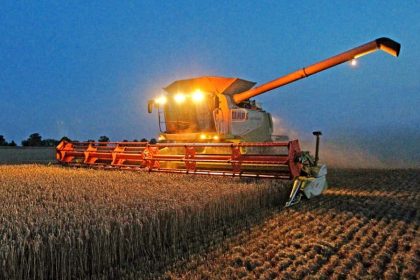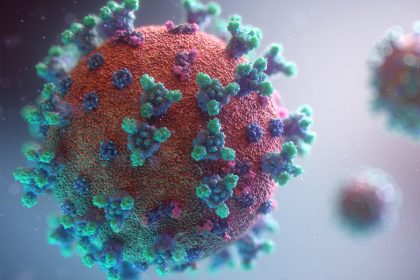Hi readers,
The Holy Quran says, “our food is sent to this earth before we are born, we only have to search for that” So, why to worry?
BUT, dear readers, the problem is that by 2050 we will be needing three earths to meet the demand of resources for humans from only one earth which should be able to support ten billion people by 2050.
The question is would this earth be able to endure ten billion people at the first place? And if yes then rests assure “everyone” would be food secure provided” ———————-?
Food security exists when all people at all times, have physical and economic access to sufficient, safe, and nutritious food to meet their dietary needs and food preferences for an active and healthy life (FAO, 1996).
Important dimensions are
- Food availability
- Access to food,
- Sustainability of food supply which should be
- Healthy & utilization
The major contributor to these dimensions is “agriculture” hence, anything affecting our agriculture is considered a direct threat to food security. The most imminent threat to agriculture is increasing population which by 2050, will reach 8.9-10 billion i.e., 40-45% increase. This in turn will increase per capita food consumption above 3100 Kcal per day. Hence, 70% increase in agricultural productivity would be required to fulfill the demand of 40-45% increase in population which is difficult to achieve from 1600-1680 Mha of cultivable land not sufficient to produce extra calories unless farmers produce high yielding varieties and intensify farming practices.
Looking at food consumption scenario, it appeared that up to 2018
69 countries were consuming 3385-3011 calories per-capita day1
64 countries were consuming 2997-2533 calories per-capita day1
38 countries were consuming 2492-1786 calories per-capita day1
For details, pl. visit https://ourworldindata.org/food-supply
According to World Health Organization (WHO), an ideal daily intake is 2,000 calories a day for women and 2,500 for men. Figures however, indicated consumption of >2000 calories per-capita day1since the year 1700.

Now come to Food availability
If we restrict ourselves to 2500 calories per-capita day1, imagine how much calories can be saved but, can we get access to these calories in emergency?
Access to food is a chromonic problem of developing countries due to overgrowth of their population. For example, Pakistan has population of over 220 million with agriculture productivity, irrigation network and fertile lands as the biggest resources yet, Pakistan regularly spent huge amount of foreign exchange to import edible oil, often import wheat and quite often import sugar as well simply because we do not produce enough for domestic consumption. Corruption, mismanagement, and lack of education are additional factors. Look at the flood affectees (Figures), Their apathy is loud and clear on their attire that gives them a look of true to type victim of food insecurity which is caused by lack of their purchasing power for which they are partly responsible, but governments cannot be spare. Economic development has traditionally been attributed to the accumulation of physical capital and human development while technological innovation results in increased productivity that absorb human capital thereby allowing them to earn their bread and butter through increasing their purchasing power. Pakistan, like some other developing countries, lack both factors and hence 30-40% of her population is living below poverty line. They are eating bare minimum to live unlike those who are living to eat. How can such people meet all the four facets of food security? Think about that dear readers.




International Food Policy Research Institute (IFPRI) in 2009, published a report on Climate Change: Impact on Agriculture and Costs of Adaptation wherein calories consumed in the year 2000 and expected increase in the year 2050 (with and without climate change) are estimated for South Asia, East Asia and Pacific, Europe and Central Asia, Latin America & Caribbean, Middle East and North America, Sub-Saharan Africa, Developed Countries, and Developing Countries. Placed below ae these estimates for the year 2000 (1), year 2050 without climate change (2), and the year 2050 with climate change (3).
The consumptions were of the order of:
1) 2424, 2879, 3017, 2879, 2846, 2316, 3450, and 2696 calories per capita day1
2) 2660, 3277, 3382, 2985, 3119, 2452, 3645, and 2886 calories per capita day1
3) 2226, 2789, 2852, 2615, 2561, 1924, 3190, and 2410 calories per capita day1, respectively.
The year 2050 clearly indicated considerable increase with maximum (+13.82) in East Asia and Pacific while 2050 with climate change indicated considerable decrease with maximum (-16.62) in Sub-Saharan Africa. Surprisingly, with climate change in 2050, the calories consumption (except for sub-Saharan Africa) is expected to remain within the limit prescribed by WHO. Thus, only 70% increase would be required to meet the demand of increased population which will also bring Sub-Saharan Africa at the level of WHO recommendations.
There is another sector from where we can save calories and that is
Food waste and food losses especially of cereals.

Figures clearly indicated massive amount of food losses and waste within the food System as
- a) Per capita food losses and waste at consumption and pre-consumption stages., and
- b) part of initial cereal production loses or waste at different staged of food supply chain.
It appeared that almost103 to185 kg per capita year1 of waste and losses occurred at production to retailing stage and10-110 kg per capita year1 losses occurred at consumer stage.
According to 2020 estimates, one-third of food produced for human consumption is lost or wasted globally. This amounts to about 1.3 billion tons per year, worth approximately US$1 trillion. It is also reported that
2.5 billion tons of food goes uneaten around the world each year with Canada being at the top. China is number one with an estimated 91.6 million tons of discarded food annually, followed by India with 68.8 million tons: both have huge population to feed.
(https://www.sciencedaily.com › releases › 2017/05).
According to 2014 estimates 141 trillion calories of food go to waste every year (pl. read “The enormous scale of global food waste”)
Food waste in America is around 1217 calories per person per day. If we can save this massive amount of food waste and lose, we can easily feed 10 billion people in 2050 and beyond.

Now look at the calorie consumption in the year 2000 and what the figures says for 2018. The countries consuming more than 3500 calories per capita day1 are USA, France, Italy, UK, and China. These are affluent countries with high purchasing power and can afford to spent adequate amount of resources to meet all the four facets of food security.
Except China, remaining countries have population or the order of
14255887, 338289, 67508.94, 64626.63,59037.47 for China, USA, UK, France, and Italy, respectively. For details, please visit the following website (https://worldpopulationreview.com/countries).
Only China and USA have population higher than Pakistan whereas UK, France and Italy have less population, but these are industrialized countries with highly educated and technically equipped manpower who has raised their standard of living and of their families through working in industries. Developing countries are trying to follow their footsteps but to reach to their standard will take ages, food security of their people not withstanding,
There is yet another area of saving calories
Stop using cereals for animal feed.
By 2050, 1,573 million tons of cereals will be used annually for non-food of which at least 1.45 million tones will be used as animal feed.
Each tone of cereal contains three million calories which means 4,350 billion calories will be used for nonfood sector. If daily need of calories is fixed at 3,000 calories per capita, 4,350 billion calories per annum used for non-food sector can fulfill calorie need of about 4.35 billion people.
Assuming that 3 kg of cereals are used for per kg animal product (the meat) and each kg of meat contains ≈ 1,500 calories, then each kg of cereal used for feed will give 500 calories for human and one tone of cereal used for feed will give 0.5 million kcal thus, the total calorie production from feed grains (1.573 MT) will be 786.5 billion kcal.
Subtracting this from the 4,350 billion calories, value of feed of cereals will give 3,563 billion kcal. Taking the energy value of the meat produced into consideration, the loss of calories by feeding cereals to animals represents the annual calorie need for more than 3.5 billion people.
But those who are doing this, sometime throw extra cereals into ocean to stabilize cereal prices in the international market.
Feeding that amounts to animal is better than throwing anyway
Yet people think, we are food insecure?
Think about that and I will see you next week with yet another topic
Till then, take care,
Bye.





